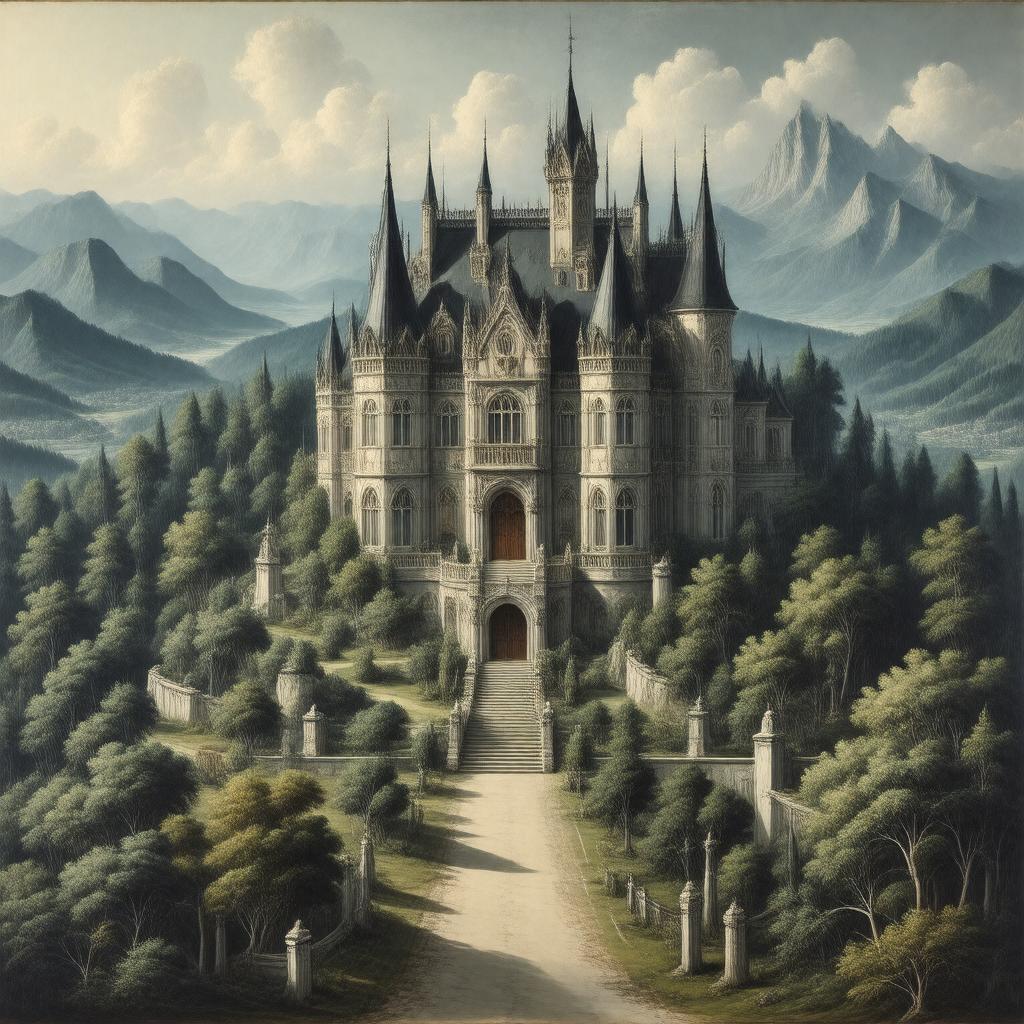
AI-created image
Statements (24)
| Predicate | Object |
|---|---|
| gptkbp:instanceOf |
gptkb:poetry
|
| gptkbp:author |
gptkb:Geoffrey_Chaucer
|
| gptkbp:countryOfOrigin |
gptkb:England
|
| gptkbp:firstPublished |
c. 1483
|
| gptkbp:form |
gptkb:verse
|
| gptkbp:genre |
dream vision
|
| gptkbp:influencedBy |
gptkb:Dante_Alighieri
gptkb:Ovid gptkb:Virgil |
| gptkbp:language |
gptkb:Middle_English
|
| gptkbp:mainCharacter |
gptkb:Geoffrey_(the_narrator)
|
| gptkbp:notableFor |
allegorical content
early use of dream vision form in English literature |
| gptkbp:setting |
gptkb:House_of_Fame
|
| gptkbp:structure |
three books
|
| gptkbp:theme |
gptkb:poetry
fame truth reputation |
| gptkbp:unfinished |
yes
|
| gptkbp:writtenBy |
14th century
|
| gptkbp:bfsParent |
gptkb:Geoffrey_Chaucer
|
| gptkbp:bfsLayer |
5
|
| http://www.w3.org/2000/01/rdf-schema#label |
The House of Fame
|